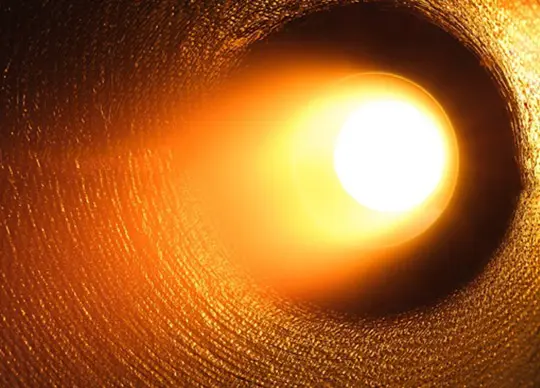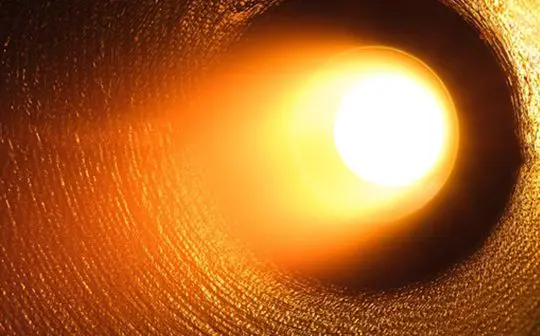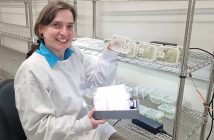
Neumann Space has announced the Company has completed the very first series of on-orbit tests of its propulsion system, the Neumann Drive.
Neumann Space says it has become the first commercial entity to fire a thruster in space that utilises Molybdenum as a solid metallic propellant, a world-first use of a safe, storable, abundant propellant for electric propulsion.
The first generation of the company’s self-contained electric propulsion solution for small spacecraft, the Neumann Drive, was integrated onto a Skykraft-3 satellite launched into space in June of this year. Since launch, Neumann Space has been working to demonstrate the patented pulsed cathodic arc thruster technology.
The on-orbit testing was designed to confirm the resilience of the Neumann Drive to the launch environment, to carefully validate the system’s electronics, to demonstrate charging of its power capacitors and to conduct a test firing of the thruster, all of which were successfully completed.
Neumann Space says it has now concluded the first of its demonstrations in space, with further missions scheduled later this year and in 2024 as part of a sequential program to deliver further flight heritage.
Future missions will build on this success and seek to demonstrate extended duration firing of the thruster with the aim of changing spacecraft orbital velocity.
With this first flight, the Neumann Space engineers have acquired a wealth of technical knowledge, from design to in-space operations. The experience acquired with this successful flight will be leveraged with the Company’s second flight that too place in the last few days on-board a spacecraft from Inovor Technologies, using the same version of the Neumann Drive that was selected for its first on-orbit technology demonstration.
A second, more powerful version of the Neumann Drive has been developed by the Company to incorporate the lessons learnt to date as Neumann Space continues to enhance the quality and performances of its product. This second-generation system will fly on three different satellite buses with international partners in 2024.
Neumann Space’s CEO, Herve Astier said “We are pleased to have successfully begun our on-orbit testing of the performance of the Neumann Drive® and achieved our initial mission objectives. Within the controlled testing scope, the mission was able to provide us with assurance in the space environment, serving as a foundation for achieving our vision of delivering superior mobility in space.”
“Low Earth Orbit is now Neumann Space’s new laboratory, and we look forward to building on this initial achievement with future missions of greater duration, new challenges, and delivering more data to contribute to building increased customer confidence across the global small satellite industry,” he said.
The Neumann Drive offers notable benefits compared to current propulsion systems available in the market. It excels in terms of enhanced safety, efficiency, and its unique capability to be transported and stored with a full load of fuel while integrated. Simplicity is ingrained in every aspect of the Neumann Drive®, from its design and manufacturing process to the seamless integration into satellites and most importantly to its operational ease in space.
“The industry is experiencing a rapid surge in the launch of satellites into space, accompanied by heightened regulatory standards and mission demands. This convergence is generating a robust need for enhanced propulsion systems, and our program of on-orbit testing is designed to move us quickly to commercialisation and to answer the needs of an underserved market,” Mr Astier said.





